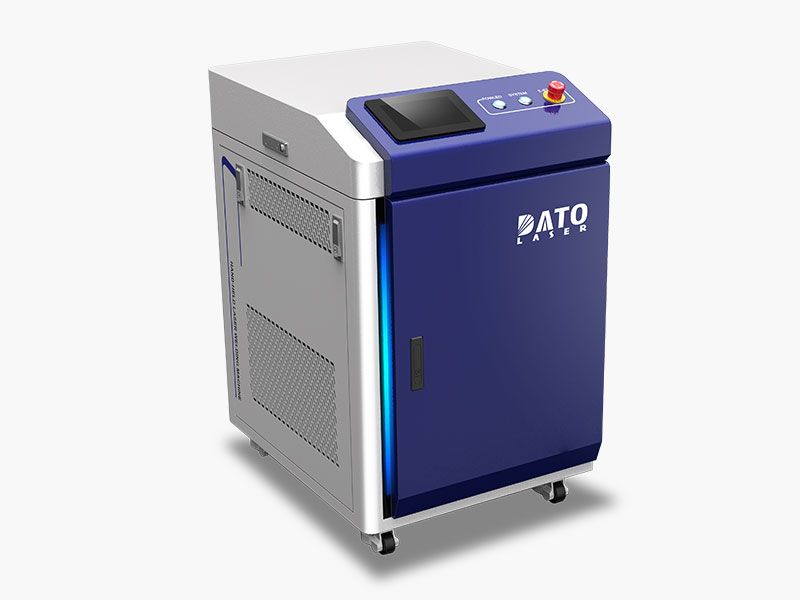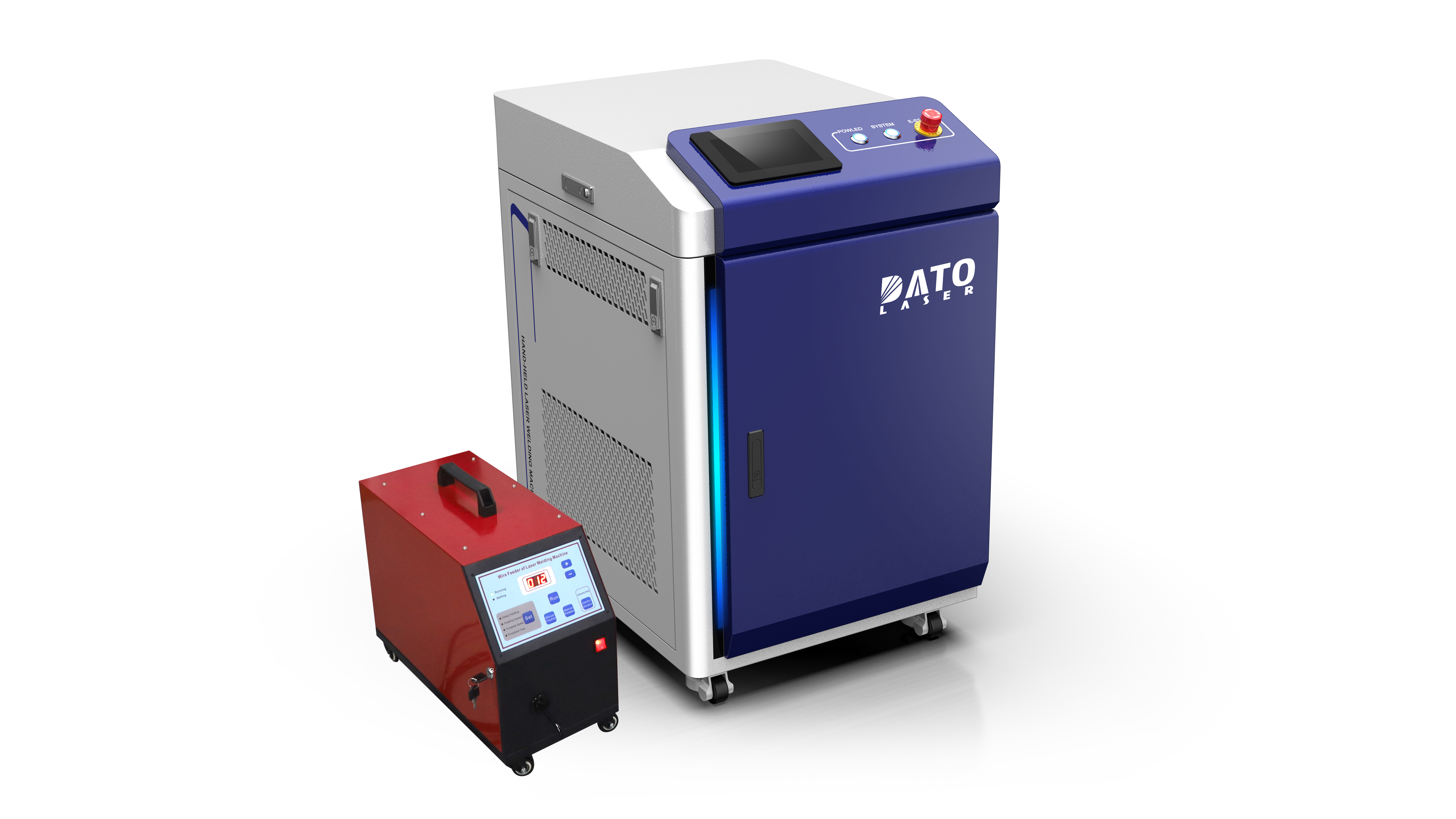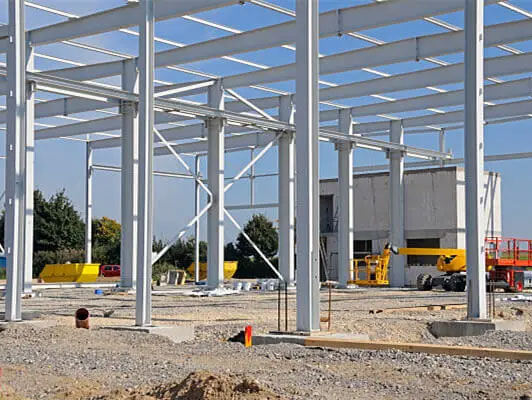1500W vs 2000W Laser Welders: Which Power Rating Is Right for Your Application?

1500W vs 2000W Laser Welders: Which Power Rating Is Right for Your Application?
Laser welding has revolutionized manufacturing industries by offering precision, speed, and consistency. However, choosing the right laser welder power rating—whether 1500W or 2000W—can significantly impact your operational efficiency, project outcomes, and return on investment. This in-depth guide explores the differences between these two power ratings, their ideal use cases, and key factors to consider when making a decision.
Understanding Laser Welder Power Ratings
Laser welder power (measured in watts) determines the machine’s ability to deliver energy to the workpiece. Higher wattage translates to greater energy output, enabling deeper penetration, faster processing speeds, and the ability to weld thicker materials. However, higher power isn’t always better—it depends on your specific needs.
Key Differences Between 1500W and 2000W Laser Welders
1. Material Thickness and Penetration Depth
A 1500W laser welder is ideal for welding thin to medium-thickness materials, such as stainless steel sheets (0.5–5 mm) or aluminum components (1–4 mm). It provides sufficient energy for precise welds without excessive heat input, reducing the risk of warping or burn-through.
In contrast, a 2000W laser welder excels with thicker materials. For example, it can handle stainless steel up to 8 mm or aluminum up to 6 mm. The higher power allows deeper penetration and stronger weld joints, making it suitable for heavy-duty industrial applications like automotive chassis fabrication or aerospace component assembly.
2. Production Speed and Throughput
If your operations prioritize speed, a 2000W laser welder outperforms a 1500W model. The additional power enables faster travel speeds while maintaining weld quality. For instance, a 2000W machine might complete a 3 mm stainless steel weld in 25% less time than a 1500W unit.
However, smaller workshops or job shops with moderate production volumes may find a 1500W laser welder more cost-effective. It balances speed and precision for smaller batches without consuming excessive energy.
3. Energy Efficiency and Operating Costs
A 1500W laser welder typically consumes less electricity, resulting in lower energy bills—ideal for businesses conscious of overhead costs. Maintenance costs are also lower, as components like laser diodes and cooling systems experience less stress.
A 2000W machine, while more powerful, requires robust cooling systems (e.g., chiller units) and frequent maintenance checks to handle the increased thermal load. Factories with high-volume production can offset these costs through improved throughput, but smaller businesses should weigh the ROI carefully.
4. Versatility Across Materials
Both power ratings work with common metals like stainless steel, carbon steel, aluminum, and titanium. However, the 2000W laser welder provides greater flexibility for challenging scenarios:
Reflective materials: Brass or copper require higher power to overcome reflectivity.
Dissimilar metals: Joining aluminum to steel demands precise control, achievable with 2000W systems.
Heat-sensitive alloys: Advanced pulsed modes in 2000W welders minimize heat-affected zones (HAZ).
When to Choose a 1500W Laser Welder
Scenario 1: Small-Scale Workshops or Prototyping
Startups, R&D labs, and job shops benefit from the 1500W’s affordability and precision. Its lower power is sufficient for intricate tasks like jewelry making, medical device manufacturing, or custom automotive parts.
Scenario 2: Thin-Sheet Metal Fabrication
For industries like HVAC, electronics enclosures, or signage, the 1500W laser welder delivers clean, distortion-free welds on thin gauges.
Scenario 3: Budget-Conscious Operations
If upfront costs are a concern, 1500W machines offer a lower initial investment while still providing professional-grade results.
When to Invest in a 2000W Laser Welder
Scenario 1: High-Volume Industrial Manufacturing
Automotive OEMs, shipbuilders, and structural steel fabricators require the speed and power of a 2000W laser welder to meet tight deadlines and rigorous quality standards.
Scenario 2: Thick Materials and Heavy-Duty Applications
Mining equipment, agricultural machinery, and pressure vessel manufacturers rely on 2000W systems to weld thick-walled components with consistent penetration.
Scenario 3: Future-Proofing Your Business
A 2000W laser welder accommodates growth, allowing you to take on diverse projects without upgrading equipment later.
Technical Considerations for Both Power Ratings
Beam Quality and Focusability
Higher-power lasers (2000W) often use fiber laser sources with superior beam quality (e.g., ≤0.03 mm·mrad), enabling finer focus spots for narrow, deep welds. Verify the M² value when comparing models.
Cooling Systems
1500W welders may use air-cooling or compact chillers, while 2000W units require industrial chillers to manage heat dissipation. Ensure your facility has adequate power and space for these systems.
Software and Automation Compatibility
Both power ratings integrate with CNC controllers and robotic arms, but 2000W machines often include advanced features like real-time power modulation for complex geometries.
Industry-Specific Recommendations
Automotive Repair Shops
A 1500W laser welder suffices for body panel repairs and exhaust system modifications.
Aerospace Manufacturing
A 2000W system is mandatory for titanium turbine blades and aluminum fuselage components requiring AS9100-certified welds.
Electronics Manufacturing
1500W machines provide the finesse needed for battery tab welding and microelectronic assemblies.
Why Choose DATO/Leapion Laser Welders?
As a leader in laser technology since 2007, DATO/Leapion offers:
Customizable Solutions: Tailor power settings, work areas, and automation features.
CE/FDA Compliance: Meet global safety and quality standards.
24/7 Technical Support: Minimize downtime with expert assistance.
Hybrid Machines: Some models combine 1500W and 2000W modes for ultimate flexibility.
Final Decision-Making Checklist
Material Thickness: Will you primarily work with thin sheets (<5 mm) or thick plates?
Production Volume: Do you need to process 50 parts/day or 500?
Budget: Can you justify the higher ROI period of a 2000W machine?
Future Projects: Might you expand into heavy-industry contracts?
Facility Limits: Do you have 3-phase power and cooling infrastructure?
Conclusion
A 1500W laser welder is a smart choice for precision-focused, small-to-medium operations, while a 2000W system unlocks heavy-duty capabilities for large-scale manufacturers. By evaluating material requirements, production goals, and long-term business plans, you can select the optimal power rating.
DATO/Leapion’s team of laser experts can help you conduct material tests and cost-benefit analyses. Contact us today to schedule a demo and explore financing options tailored to your needs.
Related Blogs
-
 Exploring the Safety, Precision, and Industrial Benefits of Laser Surface CleaningIn today’s fast-paced industrial world, where quality, efficiency, and sustainability are top priorities, manufacturers are constantly seeking better ways to clean metal surfaces without compromising material integrityBlog
Exploring the Safety, Precision, and Industrial Benefits of Laser Surface CleaningIn today’s fast-paced industrial world, where quality, efficiency, and sustainability are top priorities, manufacturers are constantly seeking better ways to clean metal surfaces without compromising material integrityBlog -
 A Complete Guide by DATO and LeapionIn modern industry, surface preparation and maintenance play a crucial role in achieving high-quality manufacturing results. Laser cleaning machines have emerged as one of the most innovative, efficient, and environmentally friendly tools for removing contaminantsBlog
A Complete Guide by DATO and LeapionIn modern industry, surface preparation and maintenance play a crucial role in achieving high-quality manufacturing results. Laser cleaning machines have emerged as one of the most innovative, efficient, and environmentally friendly tools for removing contaminantsBlog -
 Laser cleaning machines are revolutionizing industrial surface cleaning by offering a faster, safer, and more eco-friendly alternative to traditional methods. Whether removing rust, paint, oil, oxide, or other surface contaminants, laser cleaning has become a cutting-edge solution in manufacturing,Blog
Laser cleaning machines are revolutionizing industrial surface cleaning by offering a faster, safer, and more eco-friendly alternative to traditional methods. Whether removing rust, paint, oil, oxide, or other surface contaminants, laser cleaning has become a cutting-edge solution in manufacturing,Blog -
 Introduction: Transforming EV Battery Manufacturing Through Laser TechnologyThe electric vehicle revolution has accelerated dramatically over the past decade, bringing with it unprecedented challenges and opportunities in battery manufacturing. As global automakers commit billions to electrificationBlog
Introduction: Transforming EV Battery Manufacturing Through Laser TechnologyThe electric vehicle revolution has accelerated dramatically over the past decade, bringing with it unprecedented challenges and opportunities in battery manufacturing. As global automakers commit billions to electrificationBlog















